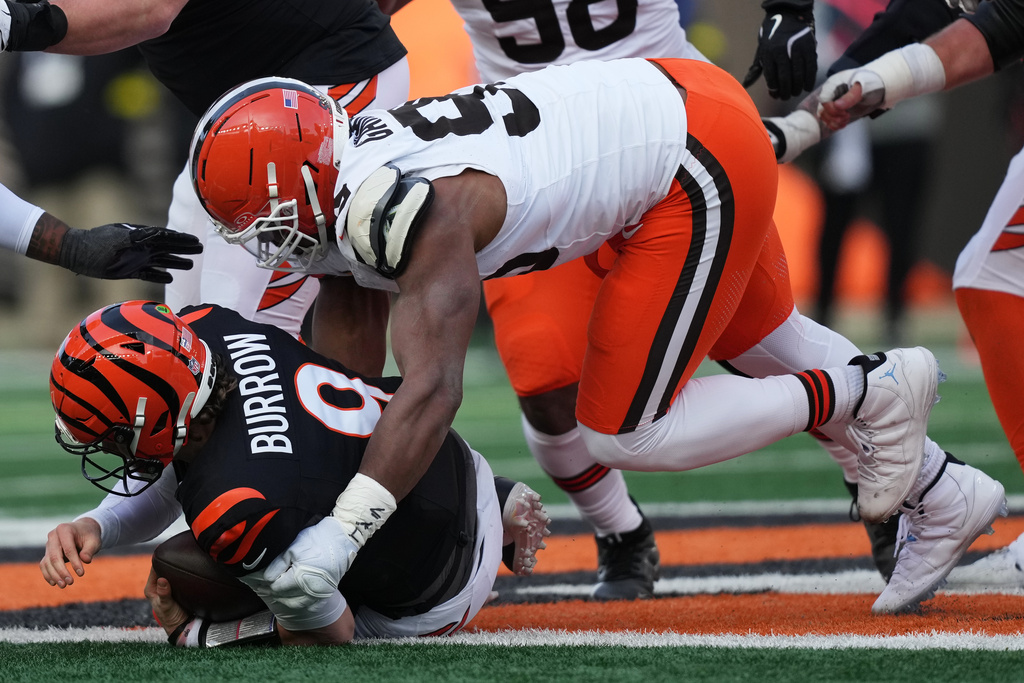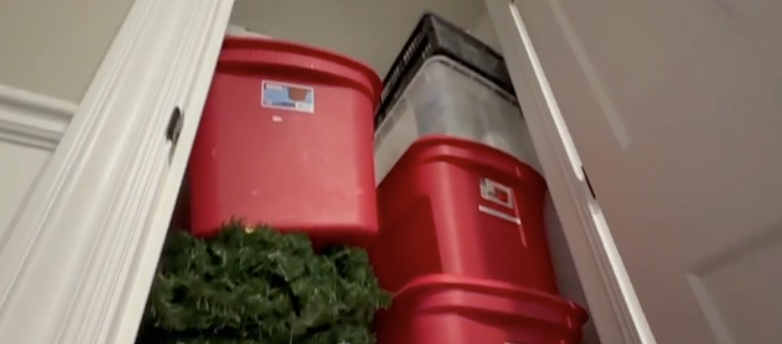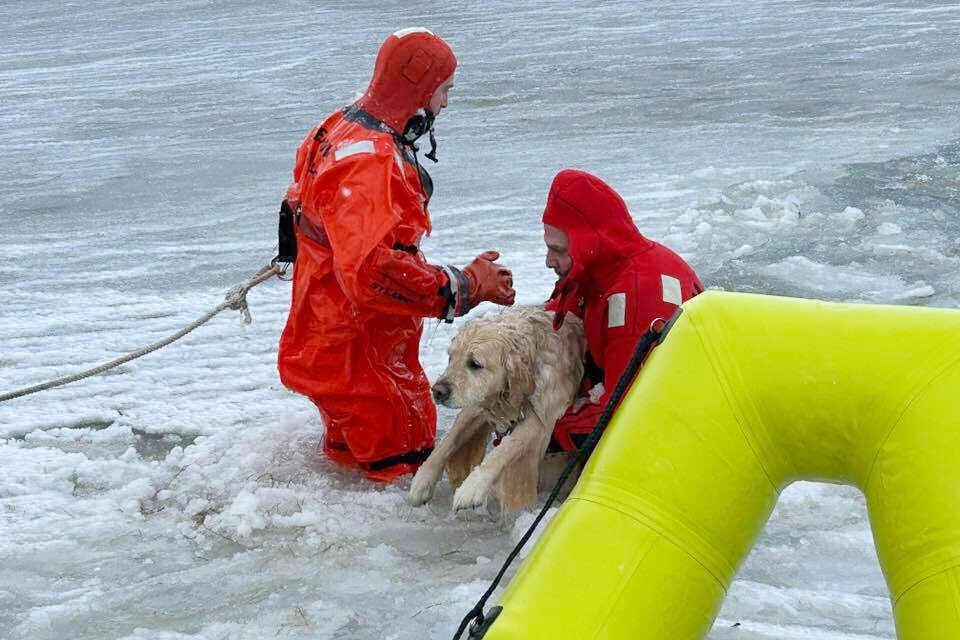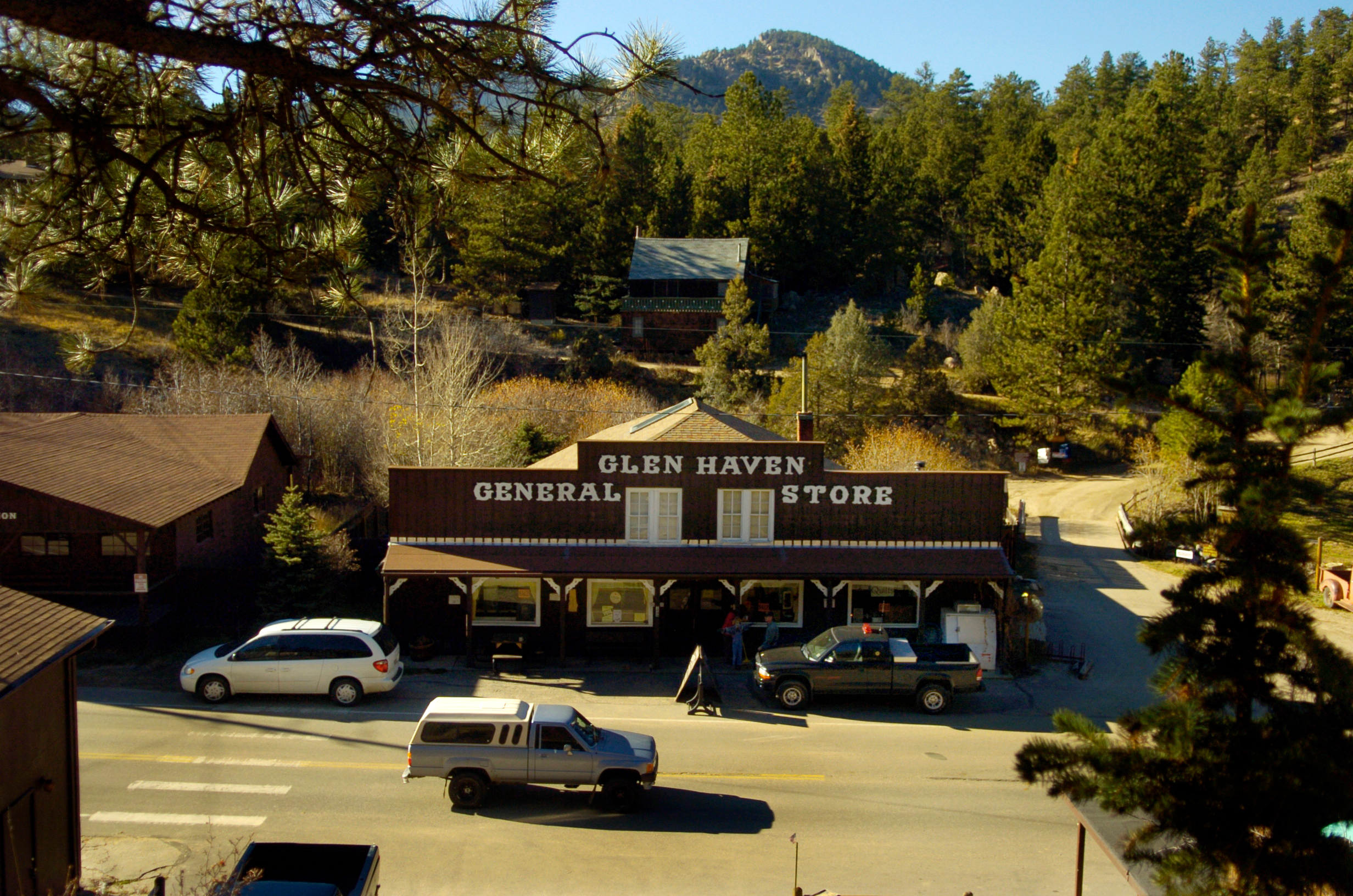Here's a rhetorical question for you: would you like web pages to load quicker? (Via Google)
Well, you're in luck, because Google has a plan to speed up web pages with a new image format that compresses the file sizes of pictures and other graphics and cuts down bandwidth.
They're calling the format WebP, and, according to Google, the compressed images are 25-to-34 percent smaller than the PNGs and JPEGs you're used to seeing flood your webpages. Or as the Project Manager for WebP puts it: (Via John Sullivan)
"Now, you can create high quality animations with rich color and transparencies all while getting much better compression than GIF. With this addition WebP now supports the use cases of all major traditional formats." (Via YouTube / Google Developers)
CNN says that's a sizeable chunk considering pictures account for "two-thirds the size of the average website," which is "up over 30 percent from last year," according to HTTP Archives.
GigaOM says YouTube already gave WebP a whirl on video thumbnails and it cut down load times by 10 percent. Google also "saved several tetrabytes of bandwidth every day since it switched images in the Chrome Web Store" to its new compressed format.
GigaOM also points out Neflix used WebP when it launced its new user interface last year, though there were apparently a few kinks to be worked out involving Blu-Rays devices.
And Facebook and eBay are apparently giving it a go as well. (Via Twitter / @igrigorik)
It's worth noting neither Firefox nor Internet Explorer support the new format, which means WebP images aren't viewable for half of the world's Internet users.











